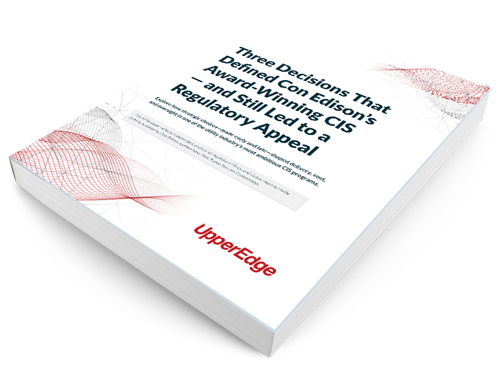A Case Study in Operational Success, Financial Fallout, and the Decisions That Shaped Both
 As regulatory scrutiny intensifies across large-scale utility programs, this white paper examines the decisions behind one of the utility industry’s most ambitious — and most scrutinized — technology transformations: Con Edison’s Customer Service System (CSS) program.
As regulatory scrutiny intensifies across large-scale utility programs, this white paper examines the decisions behind one of the utility industry’s most ambitious — and most scrutinized — technology transformations: Con Edison’s Customer Service System (CSS) program.
Launched in October 2023, the program replaced legacy systems across Con Edison and Orange & Rockland with a unified Oracle C2M platform serving over 4.6 million accounts. The initiative earned national recognition from CS Week as the “Best CIS Implementation” of the year.
But the program’s story didn’t end with a successful go-live.
Months later, Con Edison found itself in a regulatory appeal after the Public Service Commission denied its request to capitalize $88 million in additional costs. This white paper explores how the project delivered operationally — yet still ran into financial resistance — and what that tells us about governance, communication, and decision-making in high-stakes utility programs.
What’s inside:
- A breakdown of the program’s timeline, scope, and budget
- Three pivotal decisions that shaped the outcome — from contingency planning to performance metrics
- A detailed analysis of what was added during the go-live delay and how it prevented operational failure
- Lessons for CIOs, regulators, PMO leaders, and transformation sponsors across the industry
This is the first independent, data-driven analysis of the CSS program — developed entirely from public regulatory filings. It’s not just a case study. It’s a decision map for anyone tasked with delivering complex transformation under scrutiny. This paper provides a lens into how large-scale technology initiatives can succeed on the surface — yet still encounter resistance when oversight expectations shift.
To access this white paper, please complete the form below.